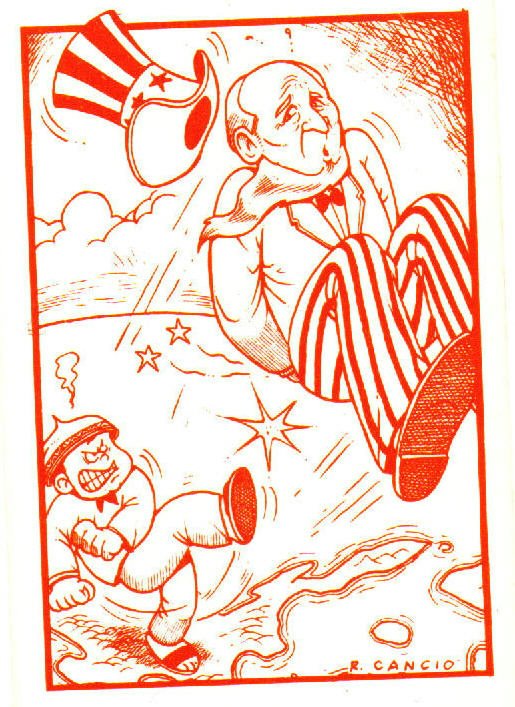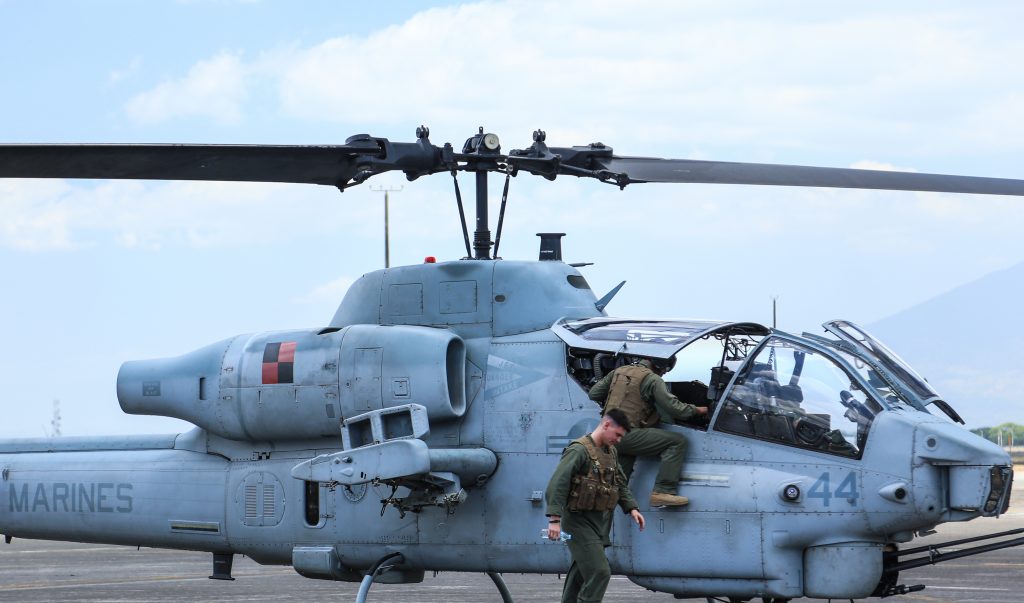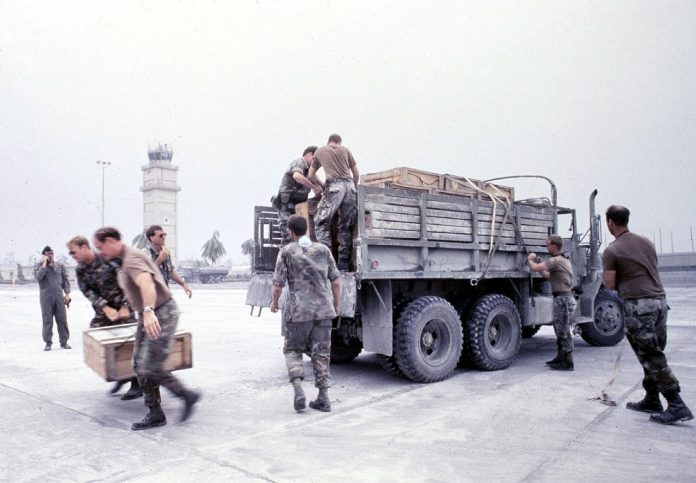Thirty years ago, on June 15, 1991, Mount Pinatubo in the Philippines erupted. It was considered the world’s largest volcanic eruption.
Bursts of gas-charged magma exploded into umbrella ash clouds, hot flows of gas and ash descended the volcano’s flanks and lahar swept down valleys.
Three months later, the Philippines Senate on Sept. 16, 1991, rejected the proposed extension of the Philippine-US military bases agreement by a 12-11 vote.
The Pinatubo eruption buried the region in ash, severely damaged the facilities at Clark and Subic bases and rendered these inoperable.
A few weeks ago, a media forum in Manila discussed the Philippines’ Visiting Forces Agreement (VFA) with the United States.
President Rodrigo Duterte has been holding off for six more months the abrogation of the VFA, supposedly to further study the move and for both sides to address the president’s concerns.
I gave a historical perspective on the VFA by narrating my experience with the campaign against the renewal of the US military bases treaty in 1990.
As the photographer of the Philippine Collegian, the official student paper of the University of the Philippines, I covered several mass actions involving students, including the historic march in March 1991 from Manila to Clark in the province of Pampanga.
On foot, we traversed the length of MacArthur Highway, chanting slogans and distributing leaflets under the hot summer sun. The contingent swelled as we were approaching the military base.
Several hundred meters away from the main gate of the base, the protesters were blocked by the police.
The plan to place a symbolic closure order at the front gate of the military base did not materialize as stones came flying from residents and bystanders who were for the retention of the bases.
Water cannons were also used to disperse the crowd.

Another memorable protest demonstration was the one on May 14, 1991, outside Sheraton Hotel in Pasay near the Central Bank building where negotiations for the treaty were held.
While in front of the contingent trying to get good photos, I heard popping sounds and saw yellow smoke filling streets. Teargas! Then the police came with their truncheons and water hoses.
I was hospitalized after a teargas canister landed on my head.
After a minor surgery that left me with seven stitches, I called my mother and greeted her “Happy Birthday” and asked her to pick me up at the hospital.
The signing of the bases agreement in 1947 allowed the US to establish and operate air and naval bases for 99 years in the Philippines. An amendment in 1966 cut that tenure to 25 years.
The proposed Philippine-US Treaty of Friendship, Cooperation and Peace in 1991 would have given the US ten more years at Subic Naval Base. The US offered US$203 million a year in compensation.
The military bases have become a symbol of the country’s continued dependency on the US. It was also seen as sources of social ills, such as prostitution, AIDS, and abandoned children.
Supporters, however, argued that hundreds of millions of dollars would have entered the local economies of Olongapo and Angeles in addition to billions of dollars in US aid.

But by a vote of 12-11, the proposed treaty was rejected by the Senate through Resolution 1259 of Non-Concurrence to the Proposed Treaty. It was authored by Senator Wigberto Tañada.
The other senators who rejected the proposed treaty were Senate President Jovito Salonga, Senators Juan Ponce Enrile, Agapito Aquino, Joseph Estrada, Teofisto Guingona Jr., Sotero Laurel, Orlando Mercado, Ernesto Maceda, Aquilino Pimentel Jr, Victor Ziga, and Rene Saguisag.
I was among the thousands waiting out the National Museum, drenched in rain, as the Senate voted to reject the bases treaty.
In 1998, less than six years after the closure of Subic, the Philippines and the US signed a VFA , laying out the rules for American personnel deployed in the Philippines and the establishment of the annual military exercises.
Aside from jurisdictional issues, critics argued that American troops were privileged even on issues of taxation and visa requirements.
The VFA has been dragged in two prominent criminal cases — the 2006 Subic rape case involving four US marines and the 2014 killing of Jennifer Laude.
The VFA had also been challenged twice before the Supreme Court, which upheld the constitutionality of the treaty.
Dennis R. Gorecho heads the seafarers’ division of the Sapalo Velez Bundang Bulilan law offices. For comments, email [email protected], or call 09175025808 or 09088665786









